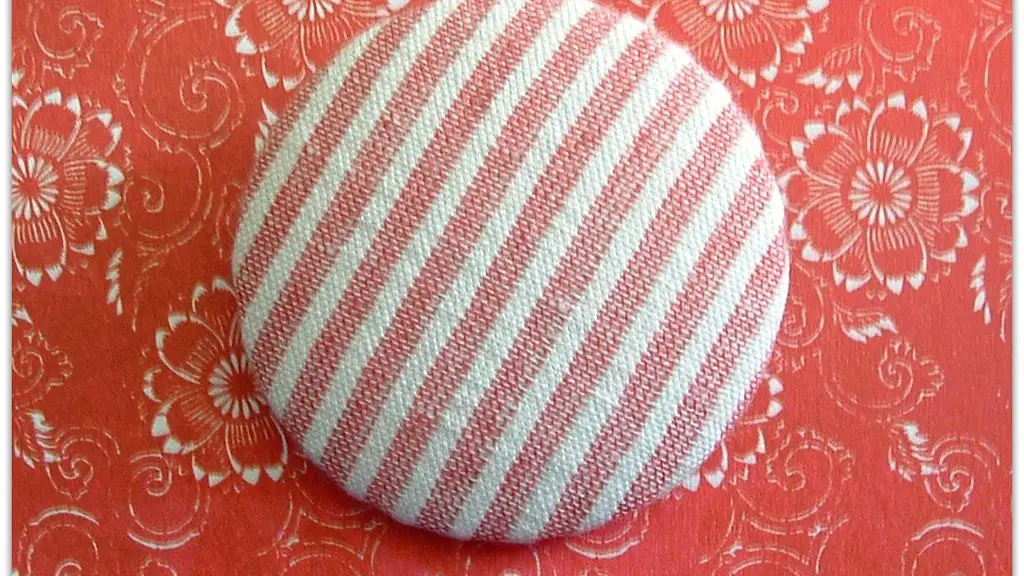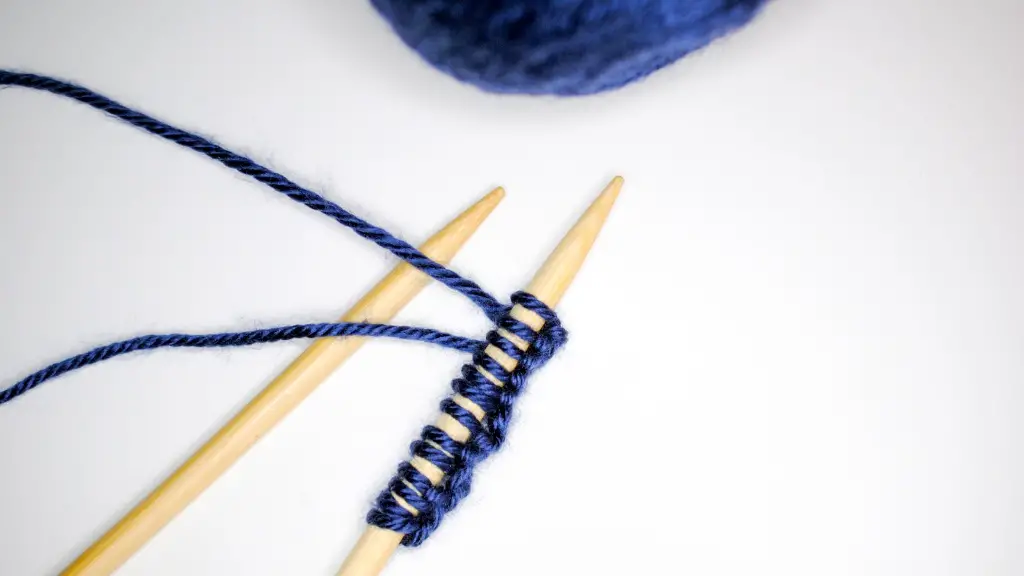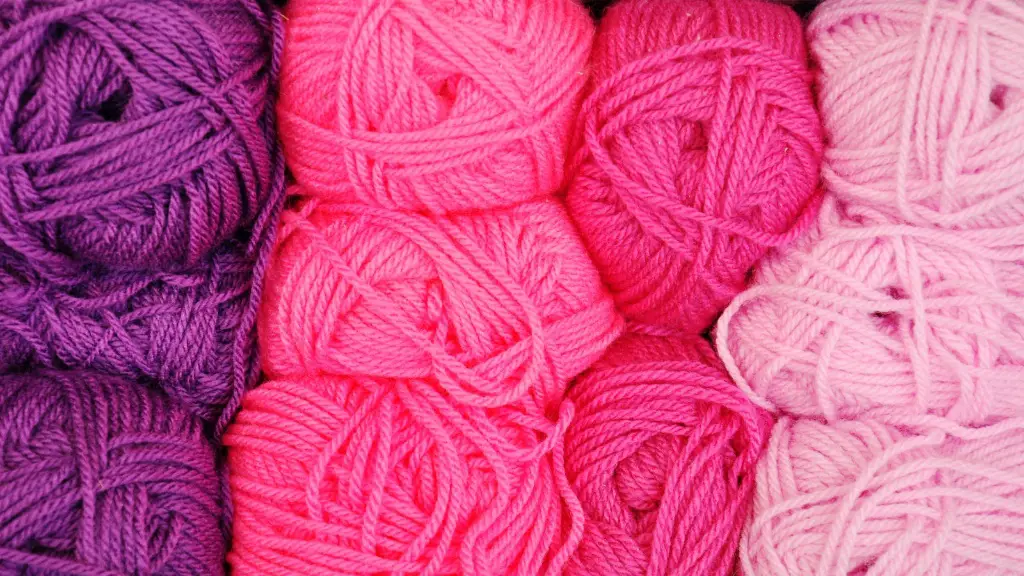How to Attach Foot to Sewing Machine
Learning to operate a sewing machine can seem daunting for someone who has never used one before, but the truth is it’s not as complicated as it looks. Paying close attention to how the foot is attached to the sewing machine is key. It’s important to ensure that the foot is securely attached in order to ensure that the stitches are even and consistent.
Before attaching the presser foot, it is important to ensure that the position of the needle is in the highest or middle position. To attach the foot, it must be placed onto the presser bar and in line with the presser foot holder. Next, the presser foot holder must be pushed down until it clicks into place, releasing the spring-loaded bar. Most sewing machines have a lever at the back of the arm, which should be lifted up to release the presser foot holder.
Once the foot is attached, it is important to check that the tension on the presser foot is correct. This can be done by loosening the screw on the presser foot holder, then adjusting the pressure of the foot by turning the knob located on the side of the foot. When finished, the screw should be tightened securely in order to keep the pressure of the foot in place.
It is also important to pay special attention to the position of the needle and foot. To ensure that the needle and foot are in the right position, the handwheel should be turned so that the needle is raised. Now, the presser foot should be directly underneath the needle. If the needle is in the wrong position, the stitching may be uneven.
Making sure that the foot is securely attached to the sewing machine is imperative for ensuring smooth stitching. If attached properly, the machine can sew several layers of fabric with ease and create neat stitches. With practice and attention to detail, it is easy to become proficient with a sewing machine.
Checking for Proper Tension
When attaching the foot to the sewing machine, it is essential to check for proper tension. The tension should be even and tight, but it should not be too tight that it restricts the fabric from moving. If the tension is too tight, it will cause the fabric to pucker or jam the sewing machine.
The tension of the presser foot can be adjusted by loosening the screw on the presser foot holder. Then, the knob on the side of the foot should be turned to adjust the pressure of the foot. Once the desired tension is reached, the screw should be securely tightened.
It is also important to pay attention to the position of the needle relative to the foot. To adjust the needle position, turn the handwheel until the needle is in the highest or middle position. The presser foot should align directly underneath the needle. If the needle is in the wrong position, the stitches may be uneven.
By checking for proper tension and having an eye for detail, it will be easier to ensure that the foot is correctly attached to the sewing machine. This will help to ensure even and consistent stitches.
Foot Pressure and Stitch Length
Foot pressure is another element of using a sewing machine that must be taken into
consideration when attaching the foot. It is essential to ensure that the pressure is
suited for the type of fabric being used. The manual that accompanied the sewing
machine should provide information about how much to press the foot.
The length of the stitch is also an important factor to consider. Different stitch lengths
vary depending on the fabric being used. For thicker fabrics, a longer stitch length is
preferred, while lighter fabrics require a shorter stitch length. Experimenting with
different stitch lengths and foot pressure can help to create different types of stitches.
Attaching the foot properly to the sewing machine is key to creating even and consistent
stitching. Taking the time to understand the basics of a sewing machine and practising
attaching the foot will help to become proficient at it. Attention to detail and understanding
the different elements of a sewing machine will help produce quality results.
Stitch Width and Feed Dogs
It is also important to pay attention to the width of the stitches. In general, wider stitches
are used for heavier fabrics, while thinner stitches are used for lighter fabrics. Some
sewing machines even offer adjustable stitch widths, allowing for a wider range of
stitch styles.
The feed dogs, also known as the fabric feed, are the teeth located beneath the presser
foot. They are responsible for moving the fabric during the sewing process, and
therefore should be set up properly. Most sewing machines today have adjustable
feed dog settings, which can be set based on the type of fabric being used.
The feed dogs should always be in the proper position before attaching the foot. Be sure
to move the feed dogs to the back of the sewing machine before attaching the presser
foot. This will help to avoid ruining the fabric and stitches.
Understanding the importance of stitch width, feed dogs, and foot pressure is key to
producing quality results. Taking the time to familiarize oneself with these elements can
help to produce consistent and evenly stitched seams.
Fabric Stretching and Jamming
Tensions and foot pressure that are too tight can cause fabric stretching and jamming of
the machine. To avoid this, it is important to ensure that the tension is even and tight.
Upgrading to a high-quality presser foot may help to reduce fabric stretching and
jamming, as they are designed to be more durable and to hold fabric in place.
It is also important to check the machine regularly for any snags or jams. If the machine
doesn’t seem to be producing even stitches, then the presser foot and needle
position may need to be adjusted. Carefully inspect the machine for any possible
causes of jamming or stretching.
When using a sewing machine, it is easy to become overwhelmed with all the
elements. However, learning how to properly attach the foot to the sewing machine
is a great starting point for becoming proficient with a sewing machine.
By understanding the basics and paying attention to detail, it is easy to produce
quality results.
Conclusion
Attaching the foot to the sewing machine may seem daunting to someone who has never used one before, but with practice, it will become second nature. Taking the time to understand the basics of a sewing machine and familiarizing oneself with the different elements, such as tension, stitch width, and feed dogs, will make attaching the foot easier. With a bit of practice and attention to detail, it is easy to become proficient with a sewing machine.





